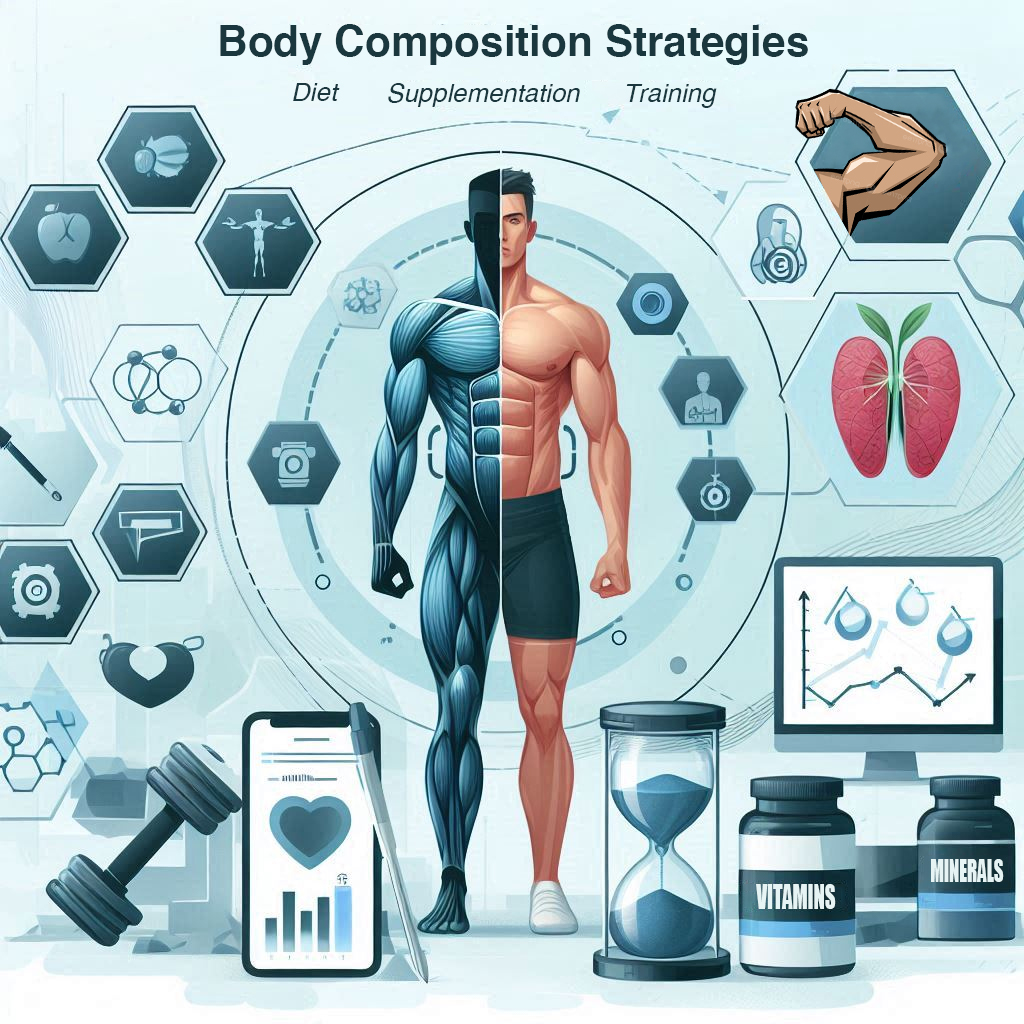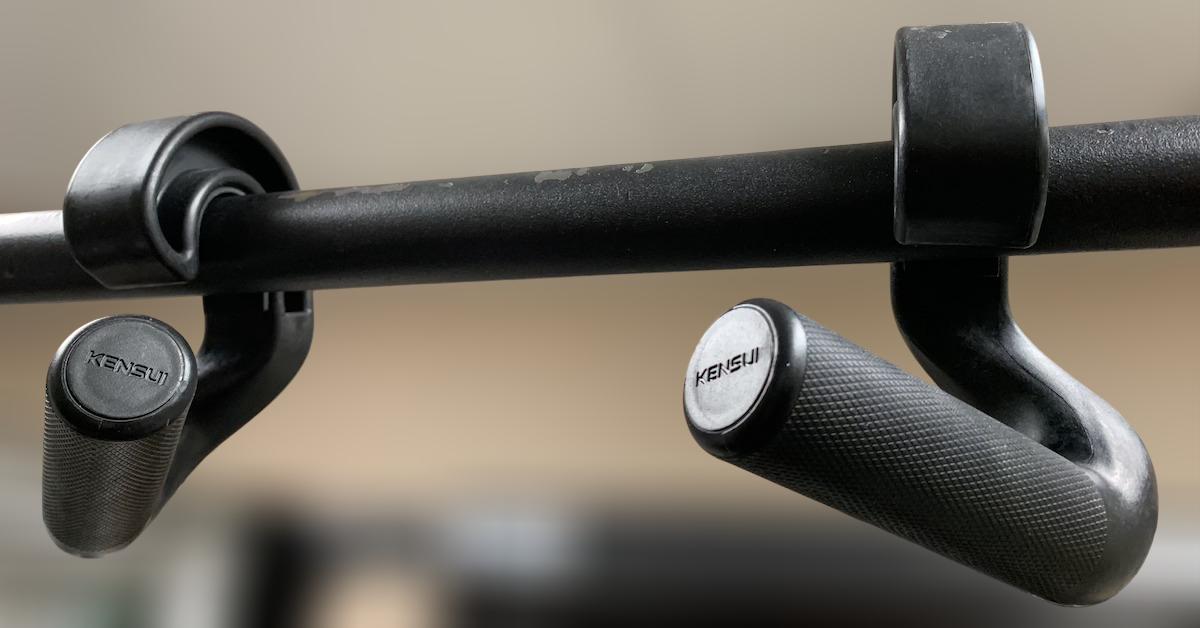Here’s some valuable information on cellulite that I picked up from nutritionist Keith Klein and his Beyond Diet Podcast. Klein is the founder and CEO of the Institute of Eating Management in Houston, Texas. I had the pleasure of attending one of his lectures in 1997—he’s an excellent speaker and knows his stuff! I think you’ll find the insights below quite interesting.
What Causes Cellulite?
Beneath several layers of skin sits fat, and what holds the skin and fat apart are structural pillars. When body fat is gained, these pillars stretch, weakening their structure, and in some cases, they break. This breakdown creates pitting and pocketing in the skin, commonly known as cellulite.
Most women tend to see cellulite around their hips and thighs due to excess body weight and prolonged sitting, which stretches and eventually breaks these pillars.
Who Is More Prone to Cellulite?
Some people are naturally more prone to cellulite due to heredity, age, and gender. The elasticity of your skin is determined by the number of fibroblasts—collagen-producing cells—that you have. Around ages 35-40, fibroblast levels begin to decline significantly, leading to thinner skin and reduced collagen production. As body fat increases, cellulite becomes more noticeable. Taking collagen peptides can help counteract this effect.
Men, on the other hand, typically carry more weight around their waist rather than their hips and thighs. Since they don’t sit on their stomachs, cellulite is less apparent. Plus, men have higher testosterone levels, which tend to make their skin thicker and firmer, reducing the appearance of cellulite compared to women.
Do Cellulite Creams Work?
If you think cellulite creams are the answer, think again! Most of these creams work by drawing water out of the skin, temporarily tightening it and creating the illusion that fat has been removed. However, this effect is short-lived and does not address the root cause of cellulite.
The Real Solution for Cellulite
The most effective way to reduce cellulite is through a healthy, anabolic diet that supports muscle growth and maintains a youthful appearance. In contrast, a low-calorie, catabolic diet leads to muscle loss and does little to improve cellulite.
Here’s what works best:
- Eat small, frequent meals spread evenly throughout the day.
- Prioritize resistance training to build and maintain muscle.
- Follow effective body composition strategies to reduce body fat while preserving lean mass.
With the right diet and exercise, the space between the skin and fat tightens, reducing the appearance of cellulite over time.

Body Composition Strategies
Body Composition Strategies reveals the exact methods experts use to help clients shed fat and get lean—fast. In this on-demand webinar, you’ll learn powerful diet, training, and supplementation protocols backed by real-world case studies.
Your $20 investment includes:
-
Over 40 minutes of streaming video (divided into 5 segments)
-
A 38-page slide presentation (PDF)
-
3 sample diet plans + 3 food rotation guides
-
3 beginner and 3 advanced training programs
-
Bonus: The most informative breakfast article you’ll ever read
Plus, it’s all backed by a 30-day money-back guarantee.

Upgrade Your Pull-Ups with Swissies-SP Handles
Pull-ups are one of the best exercises for building back and arm strength—but not all pull-up bars are created equal.

No Time to Walk After a Meal? Do This Instead!
By now, most people know that getting in daily steps is essential for overall health. In particular, taking a short

Stay Fit on the Fly: No-Excuse Workouts for Travelers
One of the biggest challenges people face when traveling is maintaining their exercise routine. The two most common excuses? Lack
follow
Error: No feed with the ID 2 found.
Please go to the Instagram Feed settings page to create a feed.
